The Upright Plank
One of the foundational concepts of Kettlebell Strength Training (and Strength Training in general) is the “Upright Plank.” The Upright Plank is the difference between controlling the Kettlebell and overswinging it. The “overswing” can be caused by overextending the hips, hyper-extending the spine, or relaxing the knees. The Upright Plank is the position of strength and control at the top of most, if not all, swing-based movements.
The Upright Plank essentially puts the breaks on the hip and torso movement after delivering a swing through the glutes and hamstrings. The harder you swing the kettlebell (whether for power or due to using a heavier load) the harder the Upright Plank brace needs to be. Using a tall posture and a biomechanical breathing match (exhale on the exertion, inhale during the back swing) ensures that we get a full spectrum transverse abdominis activation, which is the main muscle that creates the position of strength and control after the delivery of the swing.
Okay, check out the movements:
Kettlebell Swing
Starting off in a tripod stance (2-foot base of support with arms reaching out in front to grab the kettlebell), “hike” the kettlebell back to initiate the movement of the bell. The goal of the movement is to keep the kettlebell moving with consistent rhythm and timing – the key to doing this is moving your body AROUND the bell; don’t force any movement.
As the Kettlebell falls to the floor, wait for your wrists to “break” your hips (be brave!). When the wrists are about to hit your hips, drive the hips back behind your body to simulate your best deadlift pattern. This is where your glutes and hamstrings will absorb the inertia of the kettlebell; timing is important. To continue the movement, explosively drive the hips through your forearms to deliver the swing with a huge hip thrust.
This is where the Upright Plank shows up:
As the weight approaches its apex (the top of the motion), your body will want to continue its path of motion (via inertia), but this needs to be disrupted. Once the swing has been delivered through the glutes and hamstrings, shift your attention to the abdominal bracing and a forced exhalation. This will recruit the rectus abdominis (to decelerate spinal extension) and the transverse abdominis (to stabilize the spine). If this maneuver is delivered at the right time, with the right force, you will create the tallest, most stable position possible.
This execution will create strength from the ground up; from the feet, through the knees, delivered through the hips, stabilized by the core musculature, and held onto by the arms. The companion exercise will hit similar musculature, but in a different way.
Now repeat for 20 to 30 reps.
Barbell Front Raise
While the Kettlebell Swing is certainly a hip dominant movement, it still develops the upright plank from the ground up. The Barbell Front Raise keeps the hips in a stabilized position, while isolating the shoulder movement. In this exercise, we get a chance to train the Upright Plank from the shoulders down. This contrasting tension through the car between both exercises is a fantastic way to develop core strength and endurance.
This exercise is quite simple compared to the Kettlebell Swing. Simply put, start with the barbell in front of your hips (personally, I prefer a cambered bar using a slightly supinated grip) and raise the weight in front of you to about shoulder height. Start the set using extended elbows, and as the shoulders fatigue, bend the elbows bit by bit to maximize deltoid tension.
In the middle body, the Upright Plank position needs to be strictly maintained (of course, as the set goes on, fatigue will affect the ability to remain stable – fight the desire to shift and twitch). As the weight raises, like in the Kettlebell Swing, the stress placed on the core musculature will reach its peak.
Repeat for 20 to 30 reps.
Want to learn more about Kettlebell Science??
Check out our upcoming Kettlebell Science Workshop with Dr. Ben Stevens
The Upright Plank Superset
We can have some fun with these two movements. Because one exercise is Lower body dominant and the other is Upper body dominant, they fit very well as a superset. The idea of any plank-based exercise is to develop the stabilization endurance of the core musculature. How does 100 reps sound? That sounds good to me!
Option 1:
A1) Kettlebell Swing – 20 reps
A2) Barbell Front Raise – 20 reps
Rest 2 mins and repeat for a total of 5 sets.
Option 2:
A1) Kettlebell Swing – 33 reps
A2) Barbell Front Raise – 33 reps
Rest 2 mins and repeat for a total of 3 sets. *On the third set, increase reps to 34 reps for each movement.
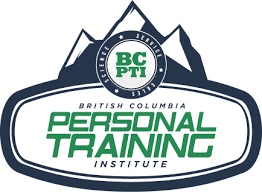

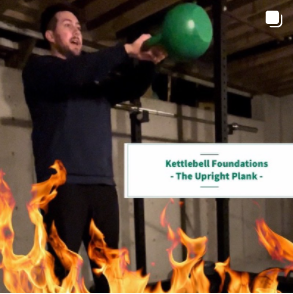
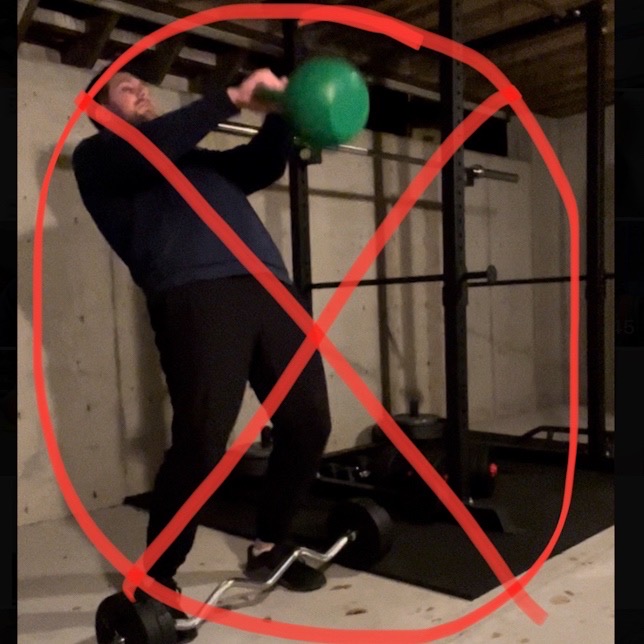
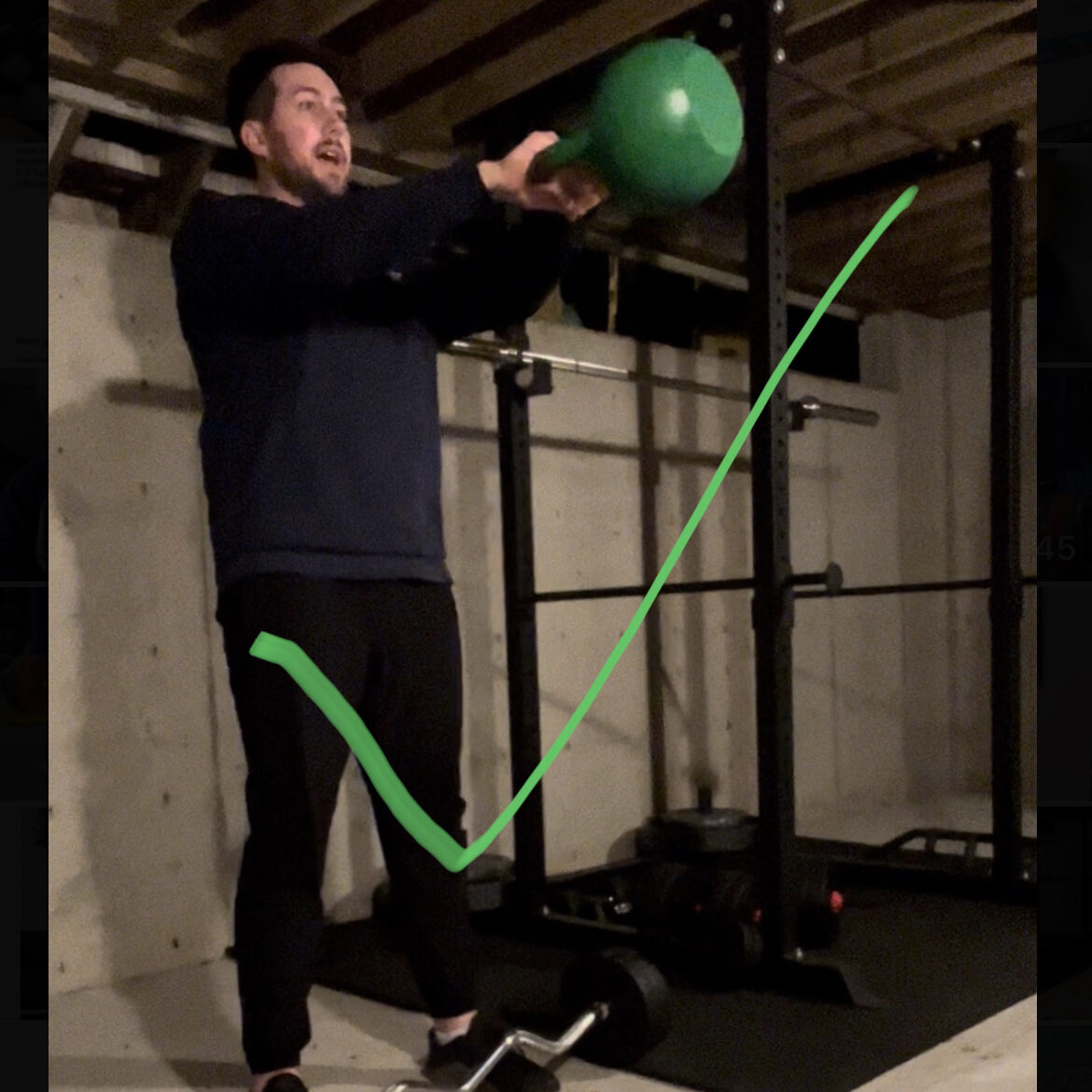


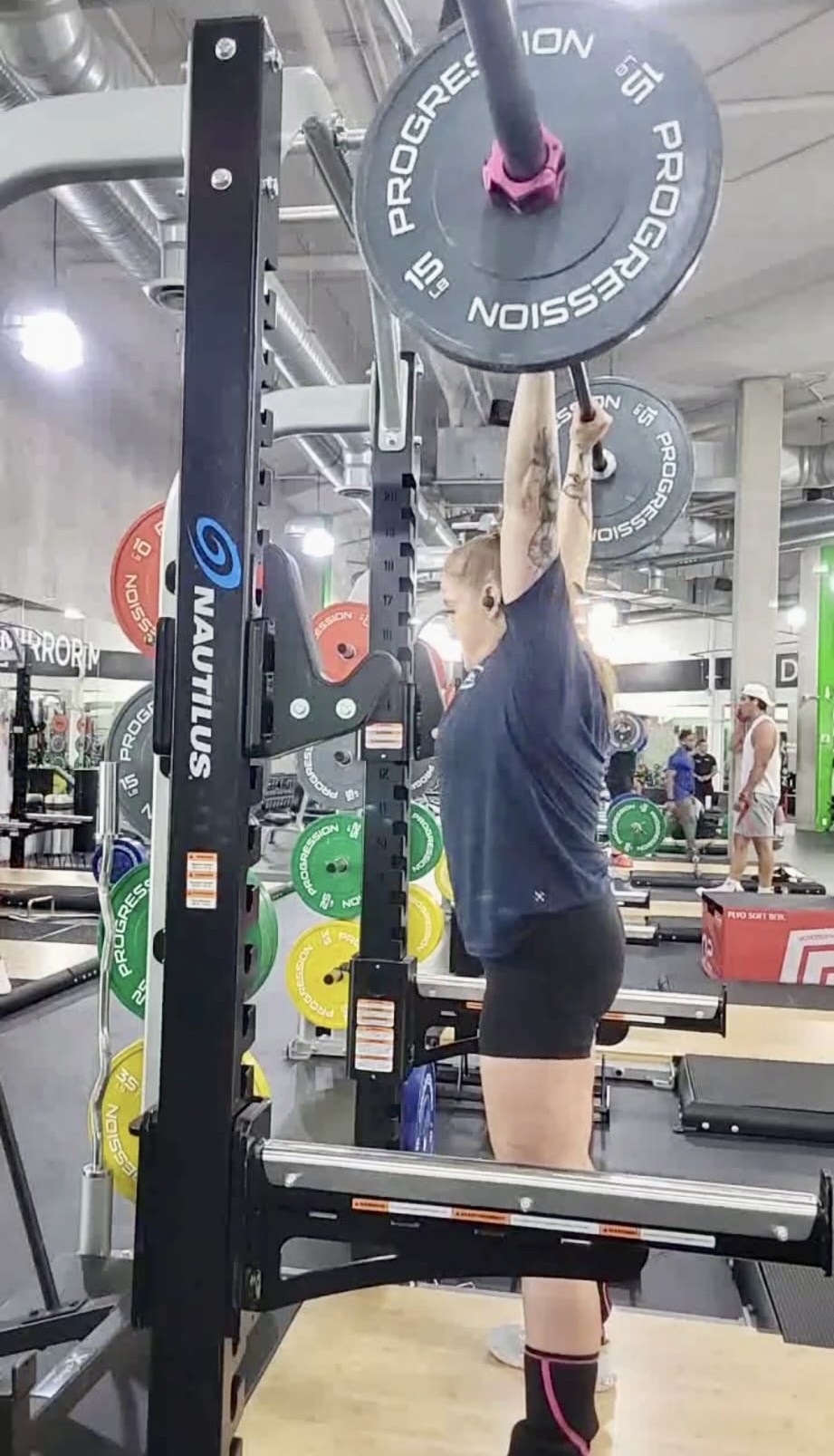

Leave A Comment